Did you know that some of the most fertile farmland in the world sits on volcanic soil? The same mountains that once buried towns in ash and lava are the reason rice fields in Indonesia and vineyards in Italy thrive today. That paradox—the way volcanoes destroy and yet create—is the heartbeat of this story.
We’re talking about what volcanoes teach us about renewal after destruction. In a world that feels constantly battered by crises—pandemics, climate disasters, wars—volcanoes offer a blunt, almost rude, reminder: endings are never just endings. Beneath the ash, life waits to return.
The Brutality of Fire
Volcanoes don’t arrive politely. They roar, split the ground, turn rivers into steam, and reduce cities to rubble. Pompeii in 79 AD is the classic example: Mount Vesuvius didn’t just erupt—it erased. Entire families, frozen in time under ash, became humanity’s eternal warning about ignoring nature’s fury.
Fast forward to 1980, Mount St. Helens in the United States tore away 1,300 feet of its summit in a single morning, flattening forests like matchsticks. Everything was gone—trees, lakes, wildlife. At first glance, it looked like the apocalypse.
And yet, here’s the twist: if you go back to those same landscapes today, you’ll see new forests, meadows, and lakes buzzing with life. The very destruction was also a reset button.
Soil from Fire: Why Farmers Love Volcanoes
Volcanic ash is not just dust. It’s a mineral buffet—iron, magnesium, potassium, and trace elements plants crave. Over time, rainfall breaks it down into some of the richest soil known to humankind.
That’s why entire civilizations have gambled their futures by living in volcanic shadows. Naples in Italy, Java in Indonesia, and regions in Mexico aren’t just unlucky—they’re pragmatic. The risks are huge, but so are the rewards. Rice paddies glisten in the shadows of Mount Merapi because the ash makes the land almost unfairly fertile. Grapes grown near Mount Etna carry volcanic minerals that wine experts swear you can taste in the glass.
Destruction, in other words, is also creation.
Psychological Renewal: Lessons for Us
Volcanoes aren’t just geology; they’re metaphors. When life burns down—relationships, careers, economies—it can feel like the end of the world. But think about lava: it destroys, yes, but it also creates brand-new land.
Consider Iceland. New islands have literally risen from the sea after eruptions, like Surtsey in 1963. Scientists weren’t just fascinated; they saw a perfect laboratory for how ecosystems begin from scratch. Moss, birds, fish, and eventually entire food webs appeared.
Isn’t that how human resilience works, too? After a crisis, the slate isn’t blank—it’s fertile. Breakdowns can become breakthroughs if we’re willing to see the potential in the rubble.
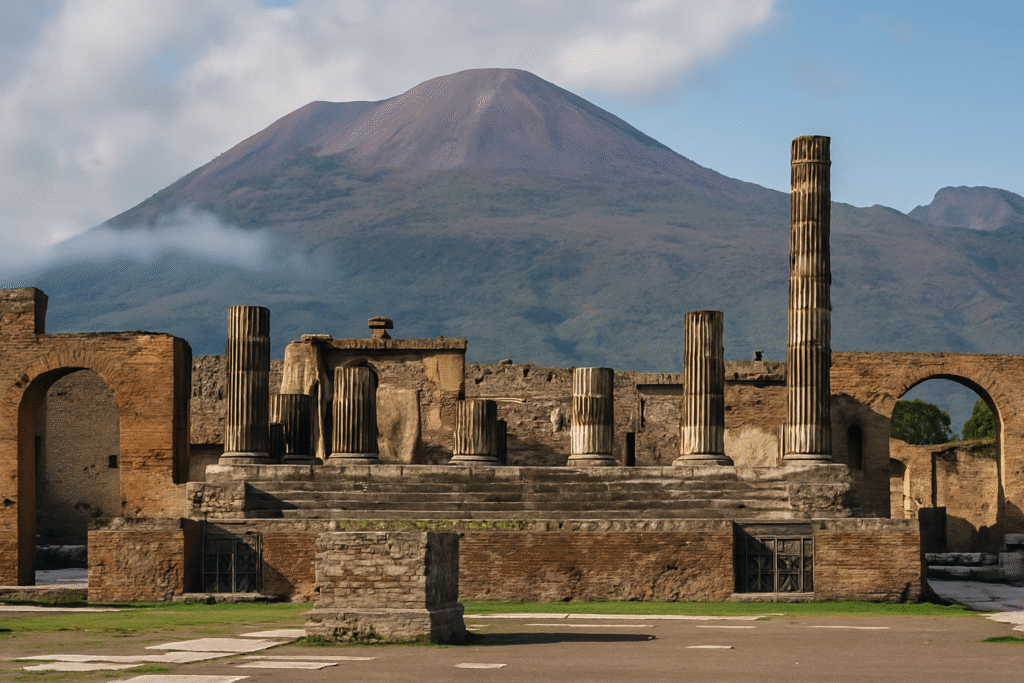
Human History Written in Ash
Civilizations have been knocked down by volcanoes, but also reshaped.
Minoan Civilization: Around 1600 BC, the eruption of Thera (modern-day Santorini) was so violent it likely contributed to the fall of the Minoan empire in Crete. But it also set the stage for myths, including the story of Atlantis. Out of destruction, culture was reborn in stories that still grip us today.
Philippines, Mount Pinatubo (1991): When Pinatubo erupted, it expelled so much ash that it cooled global temperatures by about 0.5°C for two years. Disastrous locally, yes—but globally, it was a strange, natural geoengineering experiment that taught scientists how volcanoes influence climate.
Hawaii: Lava flows don’t just wreck homes; they literally extend the islands. Land loss is paired with land birth. Entire communities rebuild not because they forget the risk, but because they know renewal is built into the cycle.
The Uncomfortable Truth: We Need Destruction
We like to romanticize stability, but the natural world doesn’t agree. Volcanoes remind us that without disturbance, ecosystems stagnate. Ash rejuvenates soil. Lava opens new coastlines. Even forest fires—often compared to volcanic destruction—can trigger seeds that only sprout in extreme heat.
Here’s the uncomfortable human parallel: sometimes we need things to collapse. The Great Depression of the 1930s was horrific, but it forced governments to rethink economies and labor rights. The COVID-19 pandemic shattered routines, but it also accelerated remote work, telemedicine, and new vaccines. Renewal isn’t clean or painless. It’s messy, fiery, and often unwanted.
Volcanoes whisper (or rather, scream): you cannot have permanent growth without temporary destruction.
Living in the Shadow of Fire
Why, then, do millions still live near volcanoes? Because destruction and renewal are inseparable. Farmers, winemakers, and entire communities know they’re rolling dice with nature—but the payoff is too good to ignore.
Maybe that’s the bigger human lesson: resilience isn’t about avoiding risk but about rebuilding when risk becomes reality. Volcanoes don’t let us hide from the truth that life is fragile, but also that life is relentless.
Conclusion
Volcanoes are brutal teachers. They show us that the end is never just an end—it’s the ground clearing for something new. From fertile soils to fresh islands, from shattered cities to resilient communities, the cycle of fire and ash is nature’s oldest sermon on renewal.
So the next time your life erupts—when a job, relationship, or dream collapses—ask yourself: is this the end, or is this the ash before the bloom? If volcanoes can rise again, maybe we can too.
Author’s Note
As I wrote this, I kept thinking about how easy it is to see only the destruction in our own lives. But volcanoes don’t let you stop there. They force you to reckon with the fact that endings are fertile, whether you like it or not.
G.C., Ecosociosphere contributor.
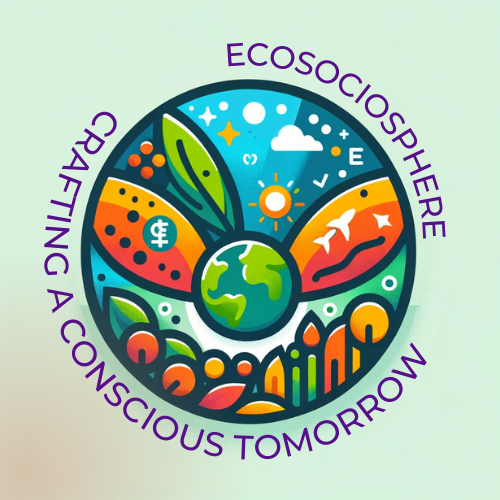
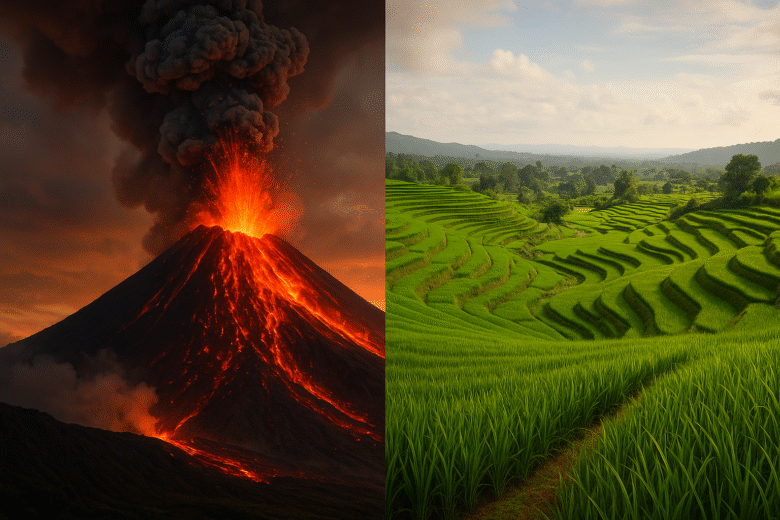
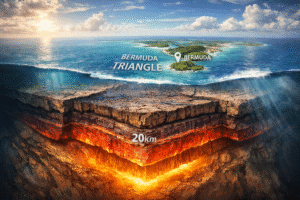
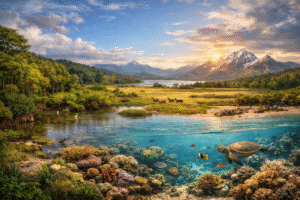
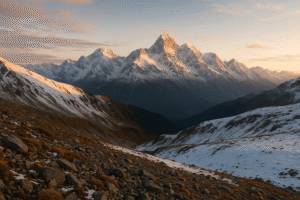
Comments
you’re really a good webmaster. The site loading speed is amazing. It seems that you are doing any unique trick. Furthermore, The contents are masterwork. you’ve done a wonderful job on this topic!